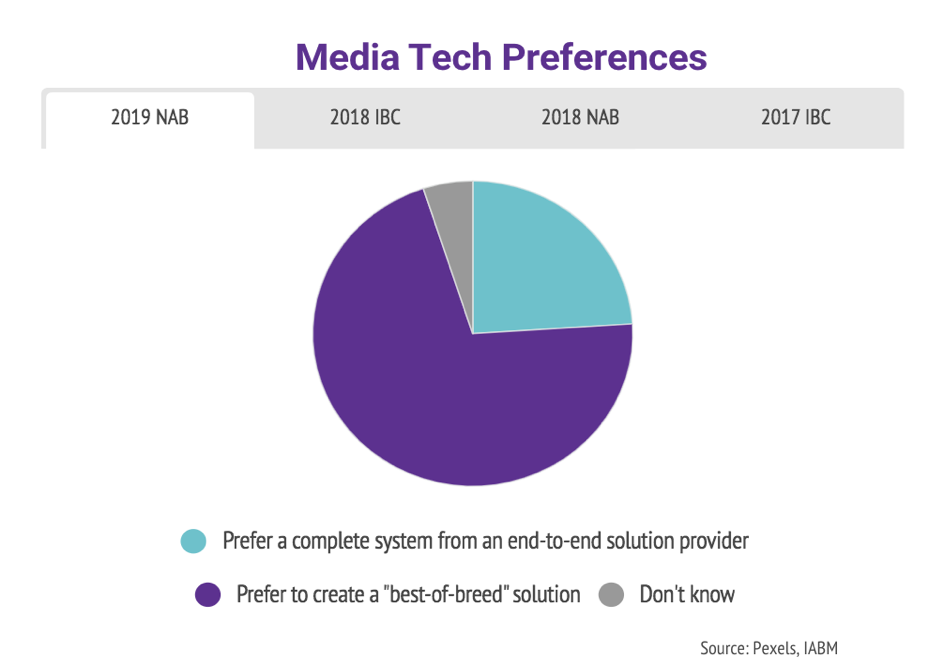About cookies
We use our own and third-party cookies for analytical purposes and to show you customized ads based on a profile developed from your browsing habits. You can learn more about this in our
El almacenamiento o acceso técnico es estrictamente necesario para el propósito legítimo de permitir el uso de un servicio específico explícitamente solicitado por el abonado o usuario, o con el único propósito de llevar a cabo la transmisión de una comunicación a través de una red de comunicaciones electrónicas.
El almacenamiento o acceso técnico es necesario para la finalidad legítima de almacenar preferencias no solicitadas por el abonado o usuario.
El almacenamiento o acceso técnico que es utilizado exclusivamente con fines estadísticos.
El almacenamiento o acceso técnico que se utiliza exclusivamente con fines estadísticos anónimos. Sin un requerimiento, el cumplimiento voluntario por parte de tu proveedor de servicios de Internet, o los registros adicionales de un tercero, la información almacenada o recuperada sólo para este propósito no se puede utilizar para identificarte.
El almacenamiento o acceso técnico es necesario para crear perfiles de usuario para enviar publicidad, o para rastrear al usuario en una web o en varias web con fines de marketing similares.
 It’s not exactly a secret that in today’s fast-moving broadcast and media industry there’s a significant disruption and once-in-a-generation change going on. The shift towards video consumption and the related challenges that come with the transport of media files and specifically IP, are forcing media companies to insert new levels of agility and flexibility into traditional production and playout operations. That’s why it’s so critical for technology companies in the online video sector to work together, to collaborate on best practices, requirements, guidelines and specifications that make it easier for those needing the technologies to put them together.
Interoperability or rather, the ability to provide the industry with flexible solutions that are easily integrated with other third-party systems and within workflows already established, is going to be key for broadcasters and media companies. In fact, in this long transition between broadcast and online video distribution, collaboration will no longer be the Achilles heel.
It’s not exactly a secret that in today’s fast-moving broadcast and media industry there’s a significant disruption and once-in-a-generation change going on. The shift towards video consumption and the related challenges that come with the transport of media files and specifically IP, are forcing media companies to insert new levels of agility and flexibility into traditional production and playout operations. That’s why it’s so critical for technology companies in the online video sector to work together, to collaborate on best practices, requirements, guidelines and specifications that make it easier for those needing the technologies to put them together.
Interoperability or rather, the ability to provide the industry with flexible solutions that are easily integrated with other third-party systems and within workflows already established, is going to be key for broadcasters and media companies. In fact, in this long transition between broadcast and online video distribution, collaboration will no longer be the Achilles heel.  According to the latest study published by the IABM on the occasion of the NAB Show 2019, for 51% of the Broadcast and Media companies surveyed, interoperability was key priority and, indeed, they seek as their main objective to be increasingly agnostic and flexible. Here the microservices are set as one of the most widespread use cases to achieve it.
In order to put together a high-quality, consistent experience, technology companies in the media and entertainment industry must agree to work together and to develop processes and interoperability. “From VSN, we realize how the industry is shifting towards these new and collaborative ways of working and we are committed to providing flexible and scalable solutions”, says Toni Vilalta, Product Manager of VSN. “Systems are evolving at the same time as the requirements of the users, which is why we have focused on being able to provide flexible tools that provide interoperability and adaptability to all those changes”.
According to the latest study published by the IABM on the occasion of the NAB Show 2019, for 51% of the Broadcast and Media companies surveyed, interoperability was key priority and, indeed, they seek as their main objective to be increasingly agnostic and flexible. Here the microservices are set as one of the most widespread use cases to achieve it.
In order to put together a high-quality, consistent experience, technology companies in the media and entertainment industry must agree to work together and to develop processes and interoperability. “From VSN, we realize how the industry is shifting towards these new and collaborative ways of working and we are committed to providing flexible and scalable solutions”, says Toni Vilalta, Product Manager of VSN. “Systems are evolving at the same time as the requirements of the users, which is why we have focused on being able to provide flexible tools that provide interoperability and adaptability to all those changes”.
